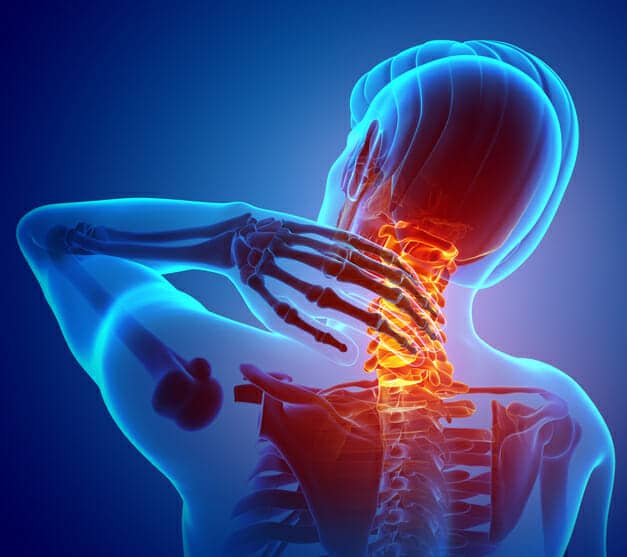Techniques to Tackle Driver’s Back and Neck Pain Over Your Physiotherapy Assistant Training
May 11, 2018 Driving for long periods of time can be grueling enough. To make matters worse, it can lead to severe neck and back pain. Stiff necks and backs can likely be caused by a driver’s bad seating posture, or vibrations and shaking on rocky or uneven roads. Sometimes a driver’s seat will be too low. Other times, they may strain their necks by leaning forward too much because their seat has been adjusted far away from the gas and brake pedals. Whatever the reason, there are a few exercises and stretches that can help.
Driving for long periods of time can be grueling enough. To make matters worse, it can lead to severe neck and back pain. Stiff necks and backs can likely be caused by a driver’s bad seating posture, or vibrations and shaking on rocky or uneven roads. Sometimes a driver’s seat will be too low. Other times, they may strain their necks by leaning forward too much because their seat has been adjusted far away from the gas and brake pedals. Whatever the reason, there are a few exercises and stretches that can help.
Read on to find out how physiotherapy assistants, working under the supervision of a physiotherapist, can help clients. Neck Stretches and Exercises Can Relieve Pain and Improve Flexibility Stretching and strengthening the neck are great ways to not only get rid of pain, but also improve flexibility, which can help with reducing the chances of future stiffness. For neck stretches, physiotherapy assistants can help clients with techniques such as behind the back and seated neck release stretches.
Behind the back neck stretches are done while standing, keeping both arms behind the back, and the hands below the hips. Clients then need to gently pull one arm a little further away. During your physiotherapy assistant career, you can help physiotherapists by aiding clients with the backward motion of moving their arms away from their body. You can also help clients keep their arms perfectly straight so they can get a good stretch. Seated neck release stretches are a bit easier, and can be done on a chair or yoga mat. Clients essentially pull their head to the side with a little pressure to achieve the stretch.
Some good exercises for stiff necks include chin tucks and cervical rotation. Cervical rotations can double as a stretching technique by rotating the neck from side to side. Chin tucks involve bringing the chin as far back towards the throat as possible, which can help clients strengthen their neck muscles. You can help clients by holding their shoulders and making sure they are seated properly to ensure only their necks are moving.
Upper Trap Exercises Can Also Help Clients Improve Posture
Maintaining good posture can be crucial to preventing a stiff neck and back while on the road for long periods of time. The upper trapezius muscle is particularly important as it keeps the shoulders and upper body stable. Developing strong upper traps can then improve a client’s posture by better supporting the neck and upper body.
Clients can activate their upper traps by placing one hand on their hip while holding a dumbbell with the other. Clients can then shrug their shoulder upwards and backwards while holding the dumbbell outwards a bit. Clients may need help keeping their body and elbows straight during this exercise, particularly if their trap and shoulder muscles are weak, so be ready to help provide support.
Help with Upper and Lower Back Exercises After Your Physiotherapy Assisting Training
To help strengthen their upper back, clients can do bow and arrow exercises while standing or sitting, and using resistance loops. They do this by pulling on one side of the loop as far back towards their shoulder as possible, just like pulling back the arrow on a bow. You can help clients by keeping their arms and back straight to ensure they get the full effect of the exercise.
For a good lower back exercise, clients can stand with their legs apart, raise their arms above their heads, and lean forward while pushing out their backsides. You can help support clients with weak lower back strength by using a chair as a prop.
These are only a few of the techniques you might encounter during physiotherapy assisting training. There’s still much more to learn!
Are you eager to start your career as a physiotherapy assistant?
Join Medix College and earn your physiotherapy assistant diploma today!